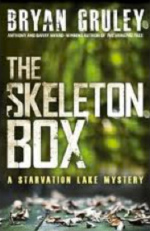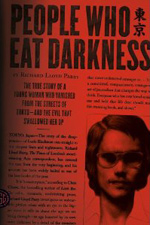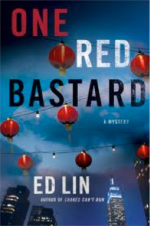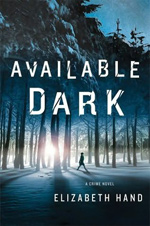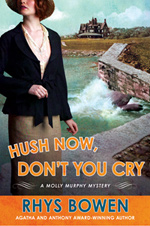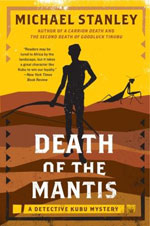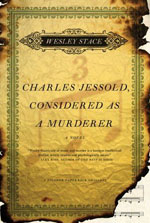It’s no mystery—a book, any kind of book, has to contain certain key ingredients to be good and generally the more of these ingredients it has, the better it’s going to be. Look at the case of People Who Eat Darkness by Richard Lloyd Parry, which, although an example of the not always respected true crime genre, has more than enough of the right stuff to be a truly enthralling read.
 Let’s start with plot, which, despite what the more literary than thou crowd says, is absolutely crucial, always has been, always will be. People Who Eat Darkness has a set up most thriller writers would kill for—Lucie Blackman, a twenty-one year old English blonde working in Japan as a bar hostess, goes on a date with a client (in Japan, as Parry explains, none of these terms require the ironic quotation marks they would over here) and fails to return. Her roommate, Louise Phillips, perturbed, asks around, learns nothing, contacts the disinterested police and eventually receives a disturbing phone call. The person on the other end says that Lucie is fine, but has decided to join a cult and has no interest in communicating with her old friends ever again. When Louise insists on speaking to her, the caller, a Japanese man, informs her that Lucie isn’t feeling very well at the moment and hangs up. He quickly calls back, saying Lucie is determined to start a new life and, by the way, what’s your address? He claims that he wants to return Lucie’s belongings, and when Louise points out that Lucie surely knows her own address, repeats that she’s not feeling well and can’t remember, and what did you say that address was again? A horrified Louise protests and the man hangs up for good. read more
Let’s start with plot, which, despite what the more literary than thou crowd says, is absolutely crucial, always has been, always will be. People Who Eat Darkness has a set up most thriller writers would kill for—Lucie Blackman, a twenty-one year old English blonde working in Japan as a bar hostess, goes on a date with a client (in Japan, as Parry explains, none of these terms require the ironic quotation marks they would over here) and fails to return. Her roommate, Louise Phillips, perturbed, asks around, learns nothing, contacts the disinterested police and eventually receives a disturbing phone call. The person on the other end says that Lucie is fine, but has decided to join a cult and has no interest in communicating with her old friends ever again. When Louise insists on speaking to her, the caller, a Japanese man, informs her that Lucie isn’t feeling very well at the moment and hangs up. He quickly calls back, saying Lucie is determined to start a new life and, by the way, what’s your address? He claims that he wants to return Lucie’s belongings, and when Louise points out that Lucie surely knows her own address, repeats that she’s not feeling well and can’t remember, and what did you say that address was again? A horrified Louise protests and the man hangs up for good. read more
